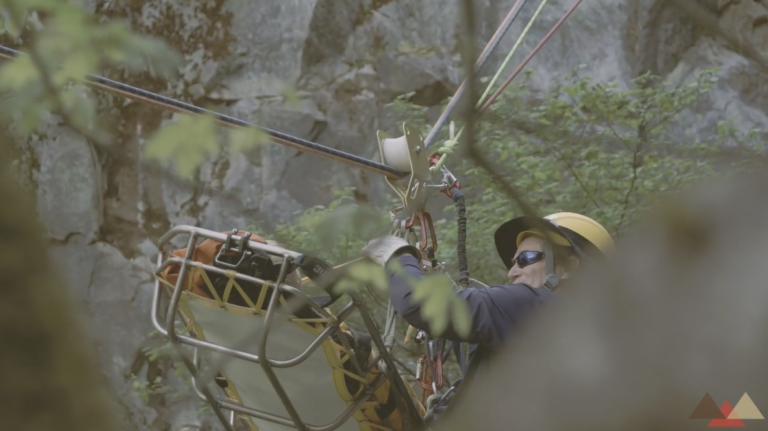Mastering High Angle Rescues Using Dual Rope Systems
Mastering high angle rescues using dual rope systems is a crucial skill for any technical rescue team. These operations test the limits of adaptability, teamwork, and advanced rigging techniques. By focusing on dual rope systems, such as the Two Tension Rope System (TTRS), teams can ensure safe and efficient rescues, even in the most challenging environments.
Two Tension Rope System in High Angle Rescues
The Two Tension Rope System is a modern approach that prioritizes safety and efficiency. It evenly distributes the load between two ropes, providing enhanced redundancy and reducing rope stretch potential. This system simplifies rigging and ensures greater control during high angle operations. Its versatility makes it an indispensable tool for technical rescues.
Key benefits of TTRS include:
- Balanced load distribution across both ropes
- Enhanced safety through redundancy
- Reduced movement due to minimized rope stretch
- Streamlined rigging for quicker setup and operation
Challenges Without an Artificial High Directional
During the rescue, the absence of an Artificial High Directional (AHD) posed a significant challenge. AHDs are vital for reducing edge friction, improving load control, and facilitating smoother transitions. Without this tool, the team demonstrated their adaptability by improvising and overcoming these obstacles.
The absence of an AHD led to:
- Increased friction over edges
- Greater effort to maintain control during transitions
- Delayed operation times due to manual adjustments
This highlights the importance of AHDs in high angle rescues and the need for training on improvisation when essential tools are unavailable.
Integrating Tracklines for Advanced Control
Transitioning to a trackline system mid-operation showcased the team’s advanced rigging skills. Tracklines provide a guided path for extraction, improving control during both ascent and descent phases. However, they require precise tensioning and balance to maintain stability.
Advantages of trackline integration include:
- Enhanced control during guided extractions
- Seamless transitions between lowering and raising
- Improved weight distribution for stability
The use of tracklines demonstrates the importance of advanced rigging techniques in ensuring the success of complex rescue operations.
Lessons Learned from High Angle Rescues
The operation reinforced critical lessons for improving future high angle rescues:
- Strategic Planning: Conducting thorough pre-incident analyses helps anticipate challenges.
- AHD Deployment: Incorporating even basic AHDs can significantly enhance efficiency and safety.
- Tailored Techniques: Matching systems to team skills ensures effective and safe execution.
- Defined Leadership: Assigning clear leadership roles streamlines decision-making.
- Effective Communication: Clear communication is vital for coordination across teams.
- Physical Preparedness: Managing equipment weight requires strength and resourcefulness.
Conclusion
Mastering high angle rescues using dual rope systems highlights the importance of adaptability, teamwork, and continuous learning. The integration of tools like the Two Tension Rope System and tracklines, coupled with strategic planning and leadership, ensures safe and effective outcomes. This operation underscores the value of advanced rigging techniques and emphasizes the need for ongoing training to prepare for future challenges.
For comprehensive training on high angle rescues, visit Rigging Lab Academy. For gear solutions tailored to technical rescues, explore Rescue Response Gear.
Peace on your Days
Lance










